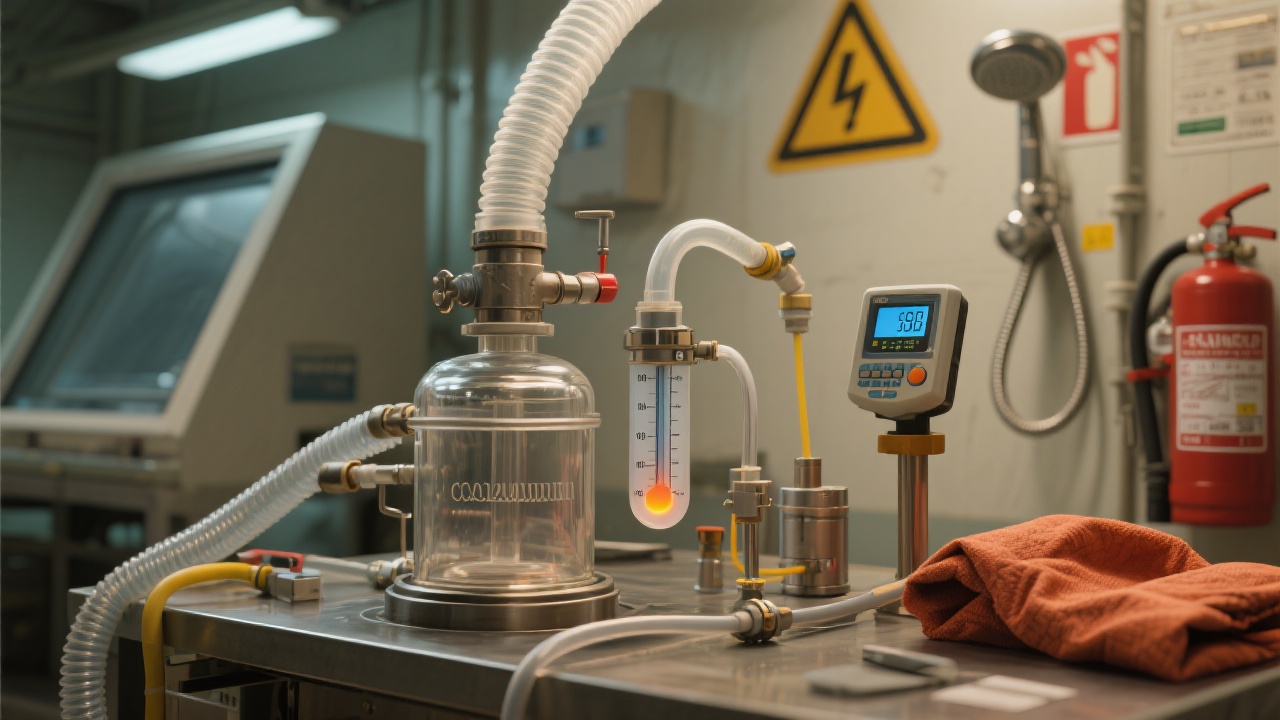
Calcium carbide stands as a cornerstone chemical raw material in multiple industries worldwide. Used extensively as a precursor for acetylene gas production and in steel manufacturing, its quality and safe delivery heavily influence clients' operational continuity. With a monthly production capacity of approximately 2,000 metric tons, maintaining an impeccable export packaging and logistics protocol is vital to guarantee timely and secure international shipments, especially towards demanding markets such as India, the Middle East, and Africa.
Ensuring high purity and product consistency begins at the manufacturing stage. Rigorous quality control systems adhere to international standards, preventing impurities that could jeopardize storage safety or downstream chemical processes. Customers can trust that each batch, regardless of volume, meets precise specifications — a foundational element that supports the reliability of subsequent packaging and transport procedures.
Effective packaging protects calcium carbide against moisture intrusion, a critical factor that could lead to hazardous reactions releasing acetylene gas. High-quality materials such as multi-layer kraft paper bags lined with polyethylene, combined with robust heat-sealed inner liners, form a humidity barrier essential for long-haul maritime or air freight. Moreover, secondary packaging—such as sturdy wooden crates or pallets secured with waterproof wrapping—provides structural integrity during handling.
Key packaging specifications include:
| Packaging Layer | Material | Function |
|---|---|---|
| Inner bag | Polyethylene or equivalent plastic liner | Moisture barrier |
| Primary bag | Multi-layer kraft paper | Mechanical protection and gas permeability reduction |
| Secondary packaging | Wooden pallets/crates with waterproof wrapping | Stacking strength, moisture resistance in transit |
Calcium carbide is classified as a hazardous material due to its reactivity with water, hence strict adherence to international dangerous goods regulations is mandatory. Packaging must clearly display hazard labels per the International Maritime Dangerous Goods (IMDG) code and the International Air Transport Association (IATA) Dangerous Goods Regulations. This ensures all handlers—from freight forwarders to customs officials—are aware of the safety requirements, minimizing risk during transportation.

Export logistics must be tailored to regional infrastructural realities and regulatory environments. For instance, India and the Middle East often require specialized fumigation and customs documentation processes, while African markets may necessitate reinforced packaging due to longer inland transit times and harsher climatic conditions.
We deploy collaborative coordination with experienced freight forwarders and port authorities, enabling clear visibility and control over cargo throughout the supply chain. This synergy not only mitigates delays but also ensures compliance with local rules.
We understand that every cross-border delivery directly impacts your production schedule. Our logistics strategies prioritize safety without compromising efficiency by embedding verification checkpoints and communication protocols within the shipping process. From loading to customs clearance, operators adhere to standardized handling methods, contributing to zero accident records in shipments exceeding 24 months.
Moving forward, global chemical logistics increasingly embrace unified packaging and transportation standards. This drives not only compliance but cost optimization and sustainability. The adoption of reusable packaging materials and real-time cargo monitoring technology is expected to redefine industry benchmarks, increasing overall shipment transparency and safeguarding valuable chemical commodities like calcium carbide.
Let every batch of calcium carbide we ship reflect our unwavering commitment to deliver your raw materials safely and reliably—because your production continuity matters.
.png)
.png)
